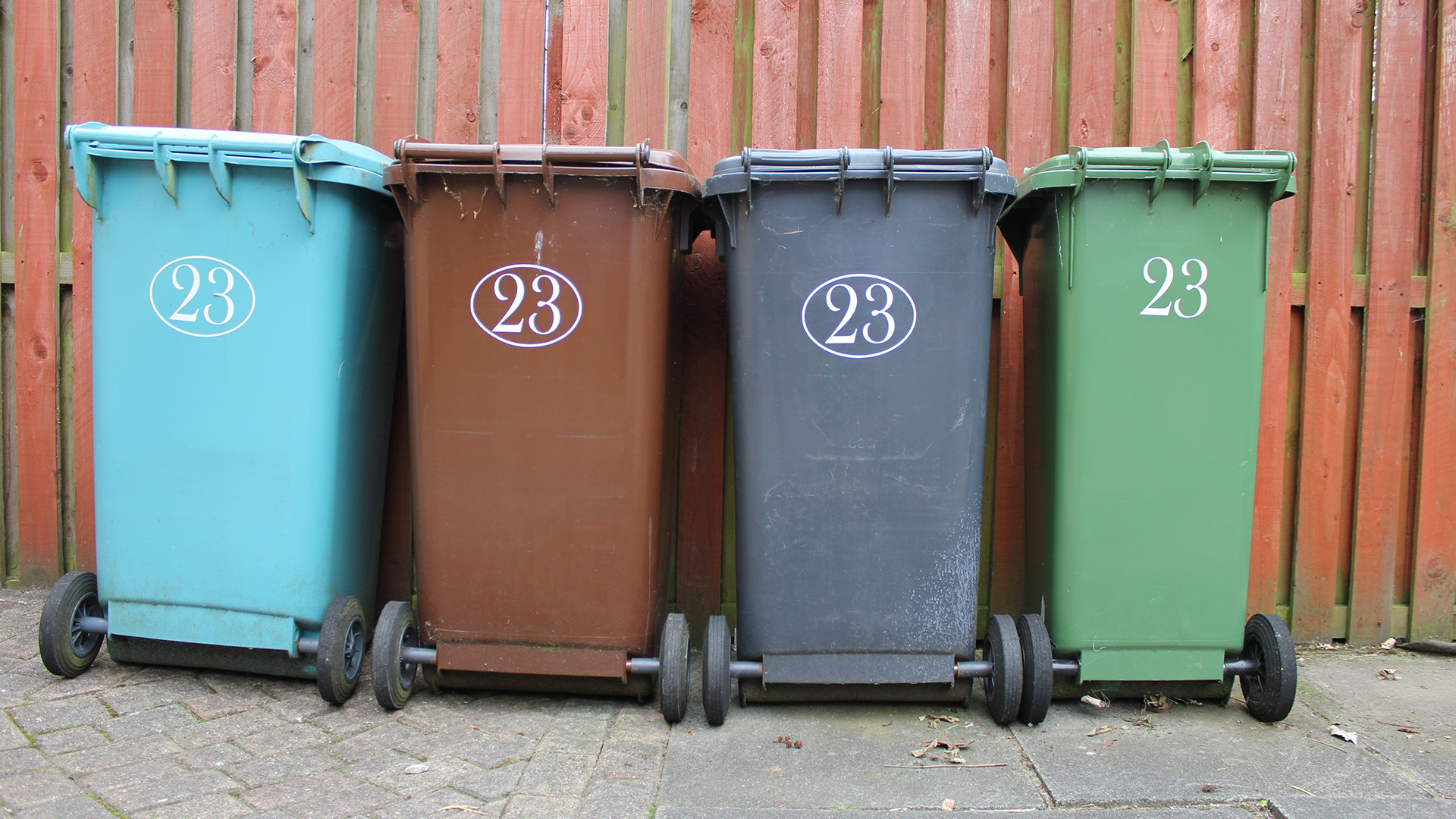‘There’s no such thing as waste’ is just an empty slogan if we do not succeed in creating circular material flows. The initiators of the large-scale European REPAiR project are firmly convinced that smart geodetic aids for decision-making can help local and regional authorities close resource life cycles.

At the heart of this research project, which involves eighteen partners, is the ‘metropolitan metabolism’. “The way in which a city deals with its waste flows has a huge effect on sustainability. And this is precisely the reason why authorities need to be given new opportunities for making resource flows circular," explains Alexander Wandl, who is leading the project together with Arjan van Timmeren (TU Delft, Urbanism). “If insight is given into all materials sources and possible matches in a region, it is far easier to make the right decisions on how to use them.”
The aim of REPAiR (REsource Management in Peri-urban Areas) is to chart all these resource and waste flows. In the European Union we use 16 tons of materials per person every year. And around six tons of this ends up in landfill sites and wastewater treatment plants. Another part becomes a more or less permanent part of the urban system, for example by being incorporated in asphalt road pavement. Giving decision-makers more insight into resource flows makes it easier to reuse materials as and where they become available. But this requires better thought-out urban designs, more integrated functions and better administrative support, and this is the idea behind REPAiR.
The project idea is very much in line with the ambitious agenda of the European Union, to curb the import of resources and make waste flows circular. However, this ambition is hampered by a lack of data on the resource life cycle. REPAiR wants to help in this by bringing geoscientists, designers and ICT developers together and providing them with better information for decision-making. Wandl: “Data collection can take place by analysing the materials that make up a product, but also by relating products to use, right down to the level of the individual housing block.”
This latter can be facilitated using a built-in NFC (near field communication) tag. This makes it possible to track a material remotely. GIS data have an important role in the development of a comprehensive geodetic framework. By linking information about resource life cycles to geodetic data, we should be able to produce an interactive map. This could be used to show which resources currently disappear forever in the waste incinerator, and where production and waste collection meet. This is pre-eminently in peri-urban areas on the outskirts of cities. Here you can find many waste incineration plants and wastewater treatment plants, as well as production and logistical companies and infrastructure.
But REPAiR is not only aimed at household and construction waste. Abandoned buildings and ‘lost landscapes’ also need to become valuable again.
Living lab
In the four-year research project, the eighteen partners (around sixty people) are working together in six locations throughout Europe. In Amsterdam, Ghent and Hamburg, where the recycling of materials such as glass, paper and plastics is already well-established, the emphasis is on circularity in construction and industry. Łodź (Poland) and Pécs (Hungary) will be focusing on the reorganisation of existing landfill sites and better urban planning. The approach in Naples is concentrated on tackling pollution and lost landscapes and building up infrastructure which is sometimes completely lacking, due to the mafia.
Nine people at TU Delft are involved in the research: from the chairs of Environmental Technology & Design and Spatial Planning & Strategy, and the departments of Management of the Built Environment and Architectural Engineering & Technology. In addition to this, three doctoral candidates have been appointed and a number of academic guest researchers are working on the project. Large ‘living labs’ are being set up in Amsterdam – by the AMS Institute – and in Naples. The other cities in the project will be provided with ‘living labs light’.
As well as research universities and universities of applied sciences, the research project involves businesses, municipal authorities and project developers. In some experimental areas, the possibility of temporarily suspending legislation is being investigated, in collaboration with the local authorities, so that it does not stand in the way of innovative solutions. In many places, it is not even allowed by law to redefine ‘waste’ as a ‘resource’.
Wandl sees many obstacles that need to be surmounted on the path to achieving a circular European resources/waste materials system. For example, it is highly likely that existing waste companies will raise objections if proposed innovations render the investments they have already made unprofitable. And tracking resources at the level of individual households may fall foul of privacy regulations. “We will have to overcome some of these objections,” says Wandl. “The current wasteful practice is a dead-end street.”
The REPAiR project has been allocated a total budget of over five million euros.
